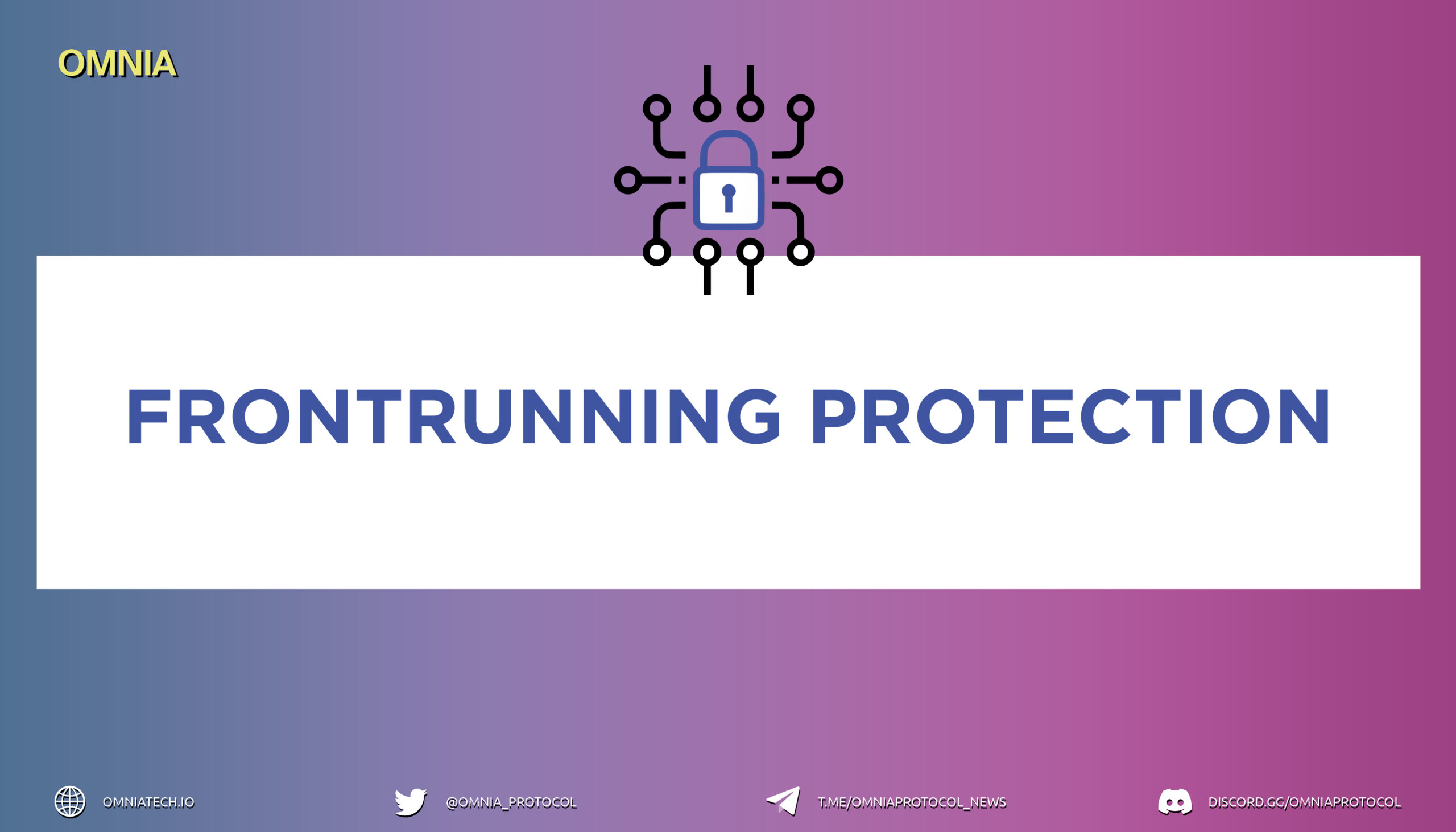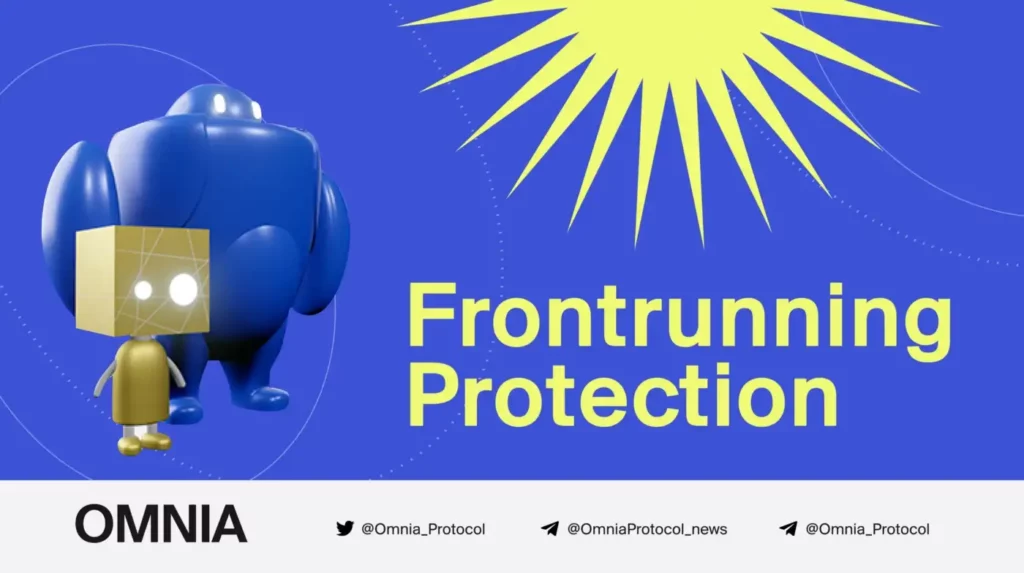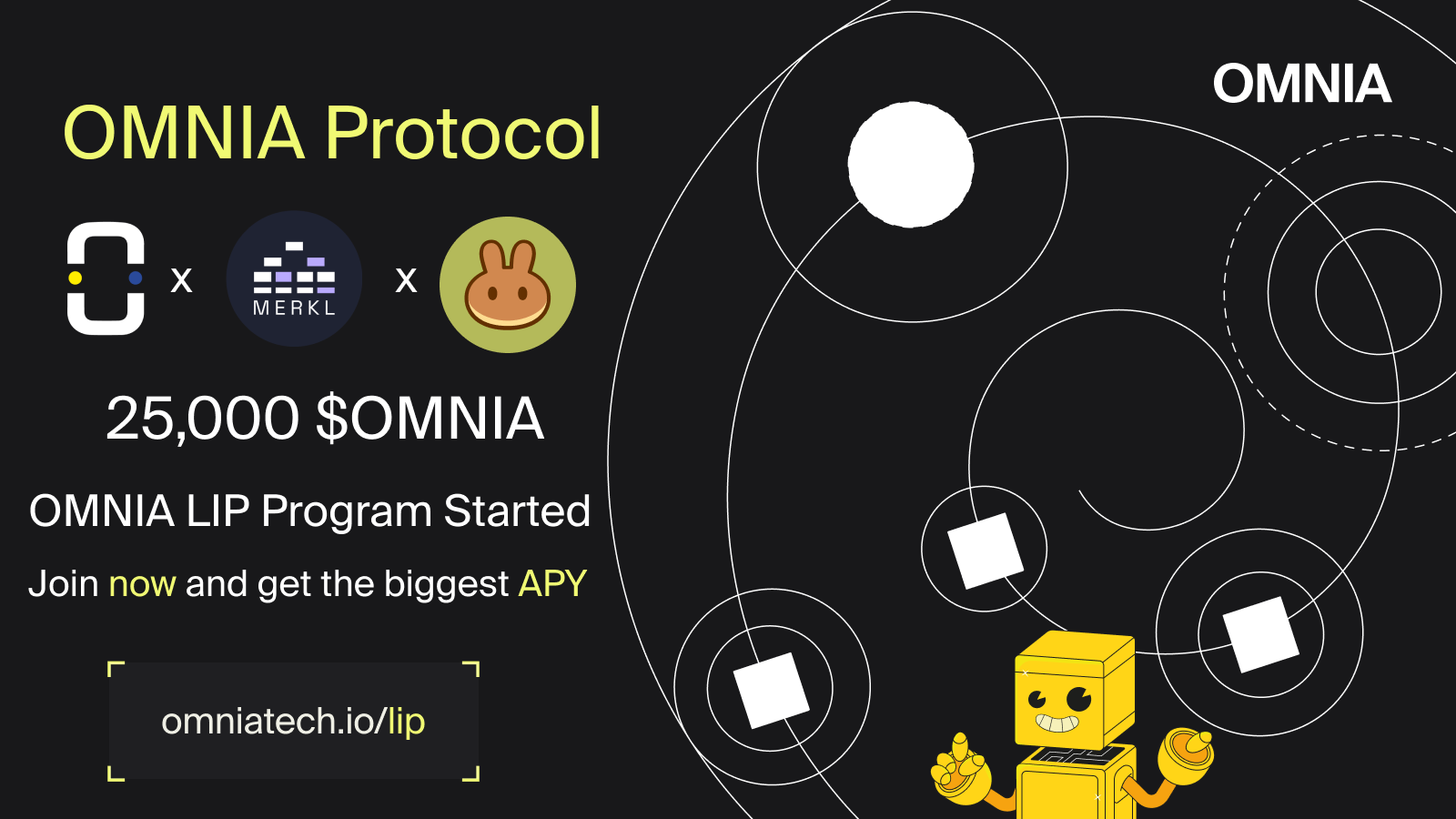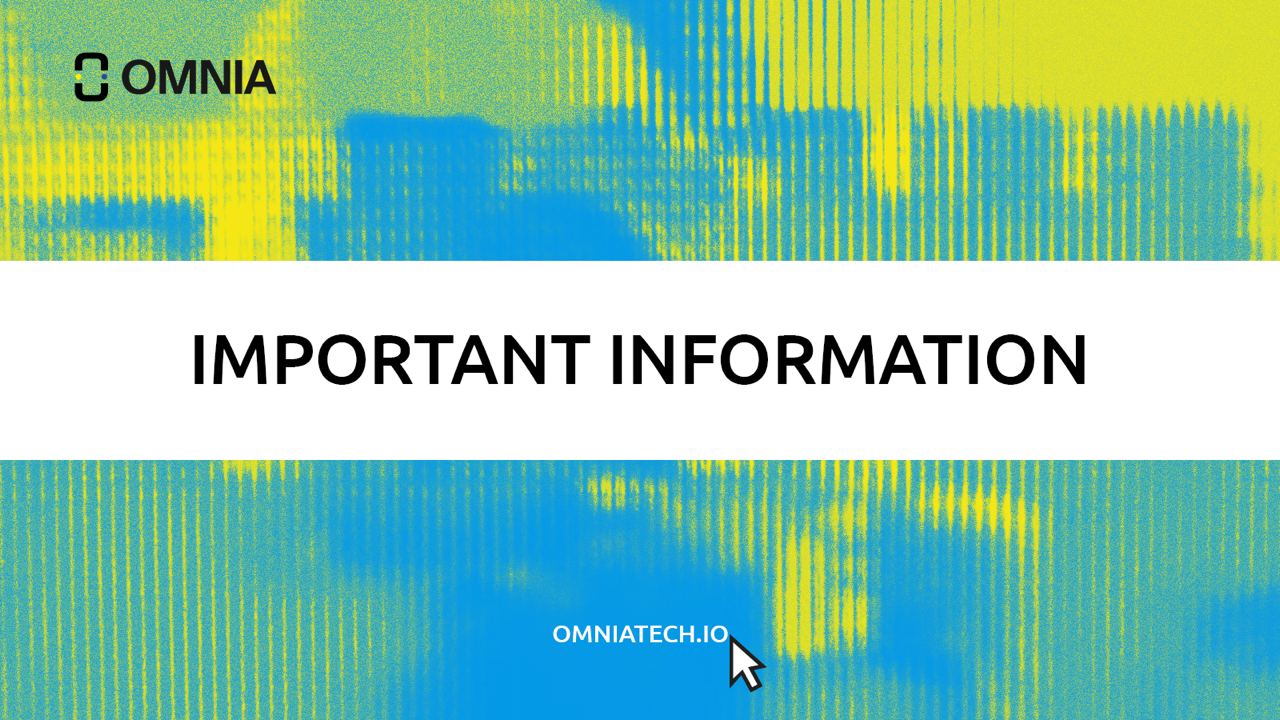
Frontrunning protection

Securing Your Transactions Through Private Mempools and Flashbots
Most Ethereum (ETH) and other smart contract network users aren’t aware of how risky trading on-chain can be. Not because funds are going to get stolen, but because certain inefficiencies on the blockchain allow arbitrage bots to take advantage of orders to make a profit.
Miners, stakers, or other validators earn rewards on the blockchain through their ability to include, exclude, or reorder transactions within blocks on the network. These rewards are measured through a metric called the miner extractable value (MEV) and while its name suggests miners are the ones making money, arbitrage bots frontrunning users are the ones capturing MEV.
What is frontrunning?
Traditionally, frontrunning involves trading a financial asset with insider knowledge of future transactions that will affect its price, to take advantage of that information before it does affect the price.
Frontrunning is seen as an illegal and unethical practice in traditional financial markets. On the open blockchain, however, frontrunning is rampant. So much so frontrunners have made an estimated $600 millionthrough it.
They accomplish this by taking advantage of decentralized exchanges (DEXs) on the network, taking advantage of the time it takes for transactions to be confirmed on-chain and of the public nature of open-source blockchain like Ethereum.
Frontrunner bots essentially scan the blockchain looking for transactions they can extract value off of. These can include trades that will move the price of an asset, for example, allowing the bots to get in before that transaction moves the price of the asset, so they can later sell it after it rose.
Frontrunners can also take advantage of arbitrage opportunities before those who find these opportunities do. Let’s say there’s a 1% arbitrage opportunity for a token on decentralized exchange Uniswap. Arbitrage bots can spot this after a user tries to take advantage of it and get in front of them through a higher transaction fee. Miners, as rational economic actors, include in blocks transactions with higher fees first to boost their own rewards.
Frontrunning attack protections
Frontrunning attackers are enabled by a set of characteristics open-source blockchains have. These include the economic incentives for miners, which benefit from higher transaction fees, and the open nature of all transactions on-chain, which allow bots to scour the mempool looking for profitable opportunities, i.e.
https://twitter.com/bertcmiller/status/1448728068353368069
Mempool is short for memory pool, and is essentially a log of unconfirmed transactions on a blockchain. A transaction’s confirmation latency varies from blockchain to blockchain, but since bots are the ones doing the frontrunning, they’re always fast enough.
The Omnia Protocol addresses the key information these bots use in a bid to stop them from being able to figure out which transactions they can exploit to make a profit. For one, Omnia boosts users’ privacy by leveraging private mempools, which are private endpoints between users and miners.
Private mempools are a paid service as they stop arbitrage bots from getting in and understanding which transactions they may exploit. Holding $OMNIA offers users numerous benefits, including access to these pools.
On top of that, through a collaboration with Flashbots, a research and development organization working on mitigating the native externalities of MEV, the Omnia Protocol deploys protections against multiple types of frontrunning, including for limit and market orders and against sandwich attacks.
Flashbots works on creating a permissionless, transparent, and fair ecosystem for MEV extraction to preserve the ideals of decentralized blockchains like Ethereum. MEV currently requires significant data analysis and in-depth knowledge of smart contracts, and the project’s work is based on democratizing access to MEV.
The adoption of a neutral, public, open-source infrastructure for MEV extraction could change the game as it currently is, making frontrunning a thing of the past and effectively improving the efficiency of every transaction.


